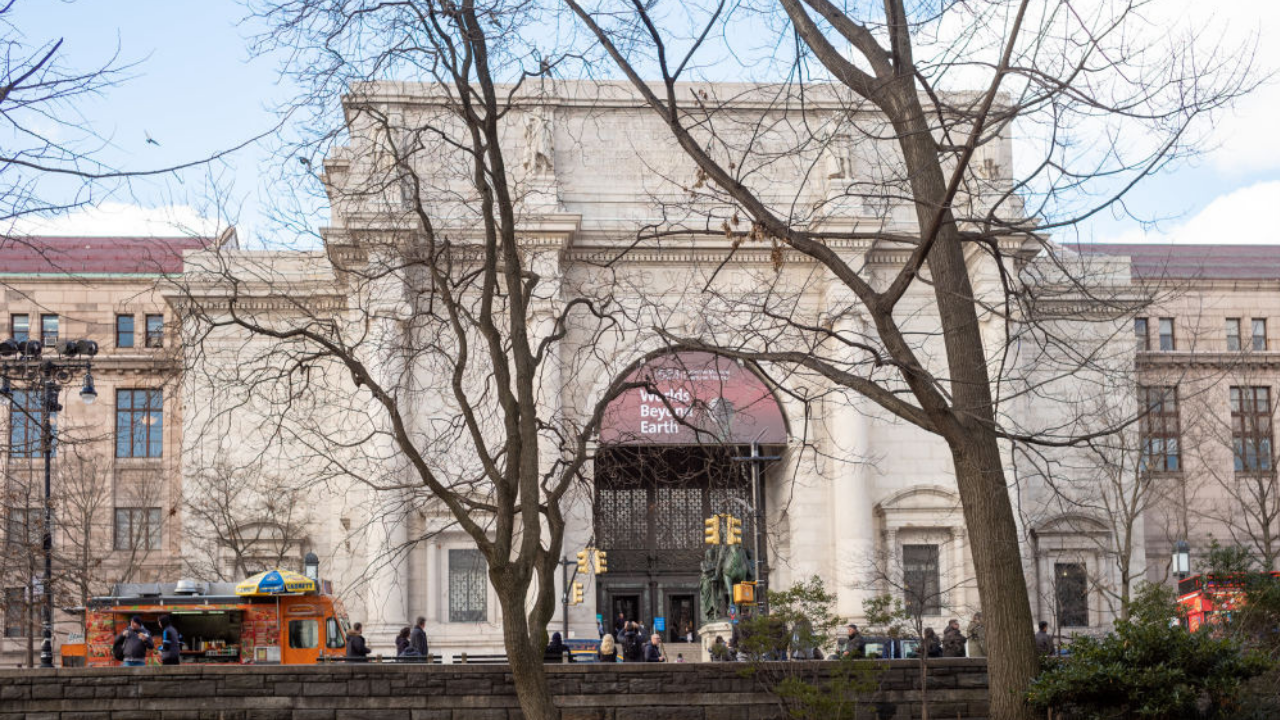The American Museum of Natural History in New York City has removed its 12,000 human remains collection after stating that some skeletons of Indigenous and enslaved people resulted from grave robberies.
RELATED STORIES: Homeless Man Found Living In Underground Vault Outside LA Museum
The New York-based museum will remove the remains so officials can investigate and determine their origins, said the museum’s president, Sean M. Decatur, in a statement. According to the Daily Mail, museum employees received an email about the news, and other natural history museums face the same scrutiny to remove controversial exhibits displaying stolen human remains.
“After consultation with our Board of Trustees, I am announcing two initial steps: we will begin immediately to prepare new storage to house the human remains in our collection, and we will remove exhibit elements that include human remains from 12 display cases. These range from instruments and beads made from, or incorporating, human bones to skeletons and mummies. Even in instances where the exhibit elements are cultural objects, this is the appropriate step to take while we reevaluate our stewardship of collections of remains of once-living individuals.”
One particular collection is the remains of five Black adults from a 1903 Manhattan cemetery for enslaved black people. Construction workers discovered the skeletons before they placed them in a pyramid shape and took a picture. The museum also carries the most extensive collection of 2,200 Native American remains, which was expected to be returned to their home county 30 years ago.
RELATED STORIES: Titanic Submersible Victims To Be Honored At Titanic Museums— Names Will Be Added to Display
So far, the American Museum of Natural History has only returned 1,000 of the 2,200 remains. The Native American Graves and Repatriation Act states museums and federal agencies are expected to go through agencies to transfer Native American cultural items such as human remains, funerary objects, and objects of cultural patrimony.
The Native American Graves Protection and Repatriation Act (NAGPRA) is a United States federal law that establishes the ownership of cultural items excavated or discovered on federal or tribal land after November 16, 1990. The act also applies to land transferred by the federal government to the states under the Water Resources Development Act. However, the provisions of the legislation do not apply to private lands.
NAGPRA requires federal agencies and institutions that receive federal funding to return Native American “cultural items” to lineal descendants and culturally affiliated American Indian tribes, Alaska Native villages, and Native Hawaiian organizations.
The law was enacted in response to centuries of looting and desecration of Native American graves and burial sites. NAGPRA is intended to promote the dignity and respect of Native American human remains and cultural items and to protect the rights of Native American tribes to their cultural heritage.
Another set of remains, known as the “medical collection,” is under investigation and contains the remains of 400 poor New Yorkers who died in the 1940s. Their bodies were unclaimed and given to medical schools for research but transferred to the museum.

